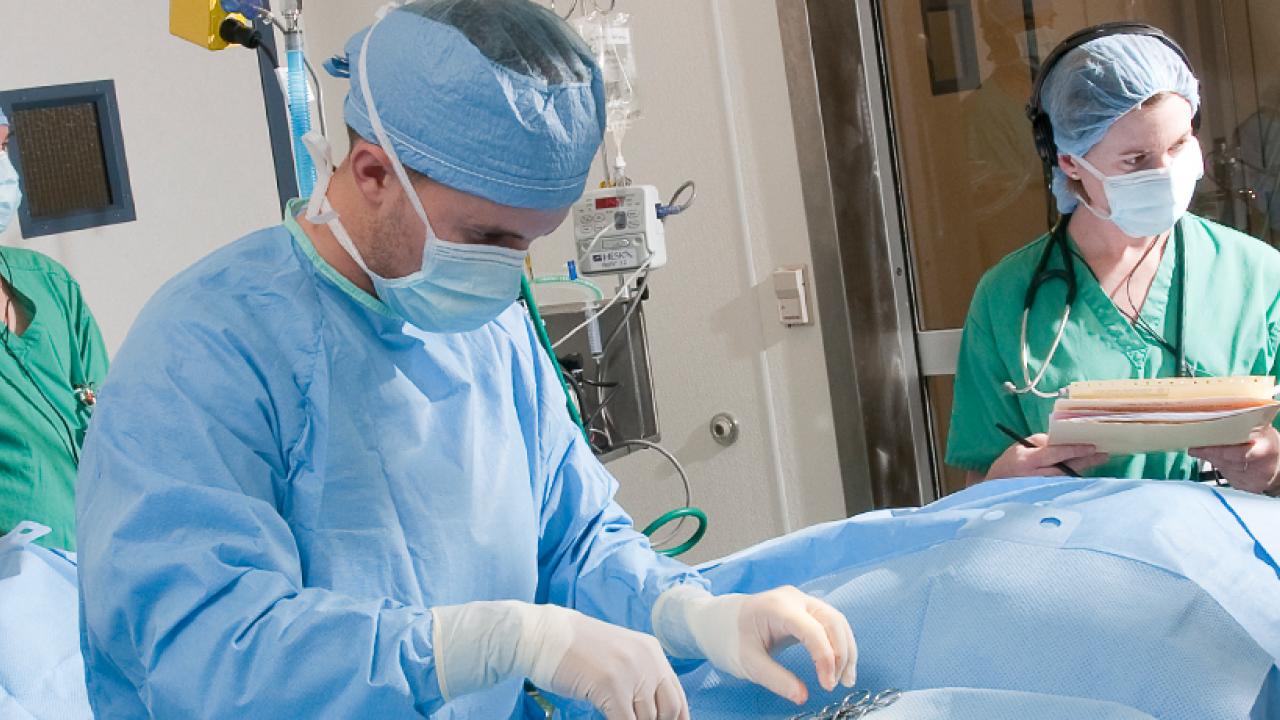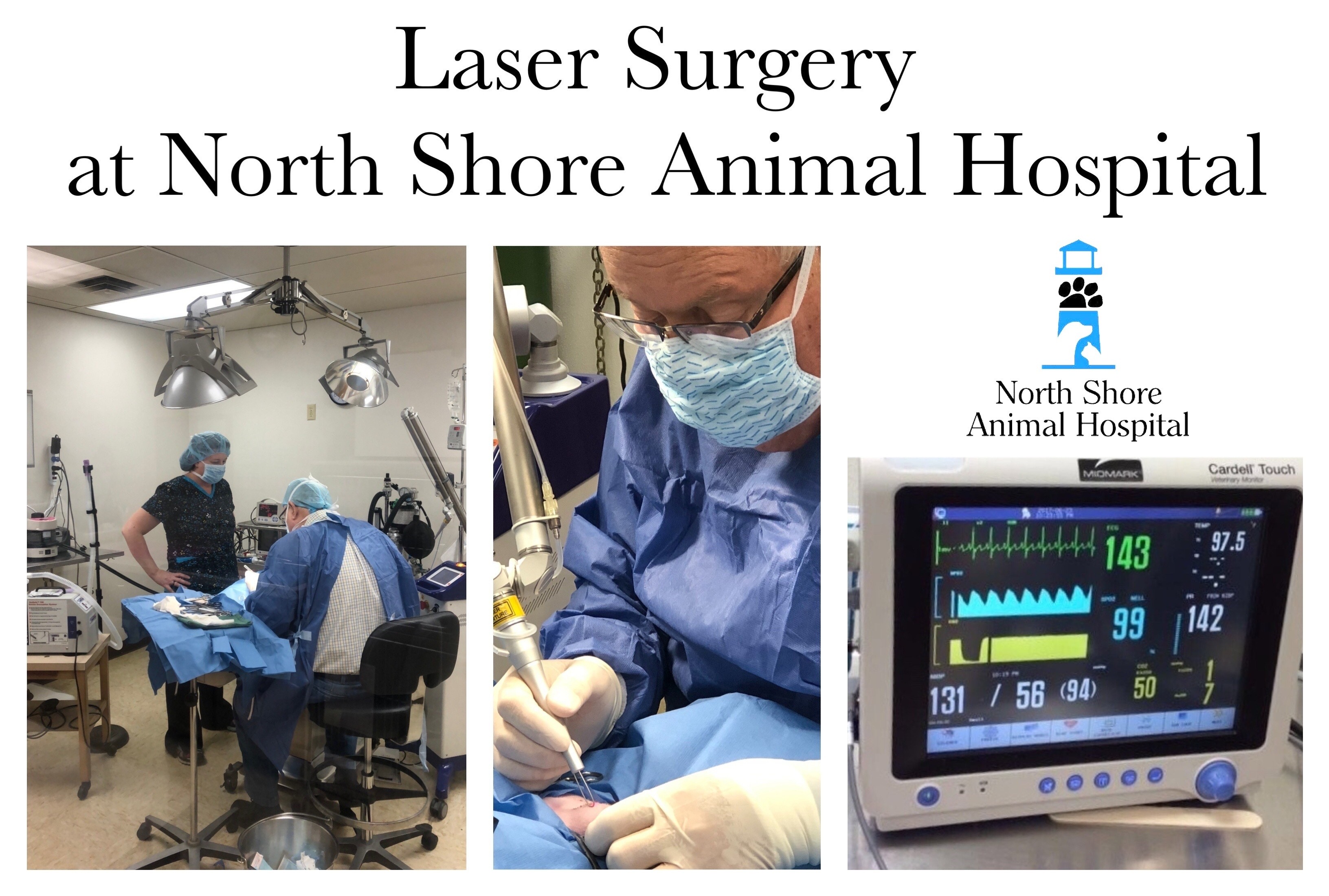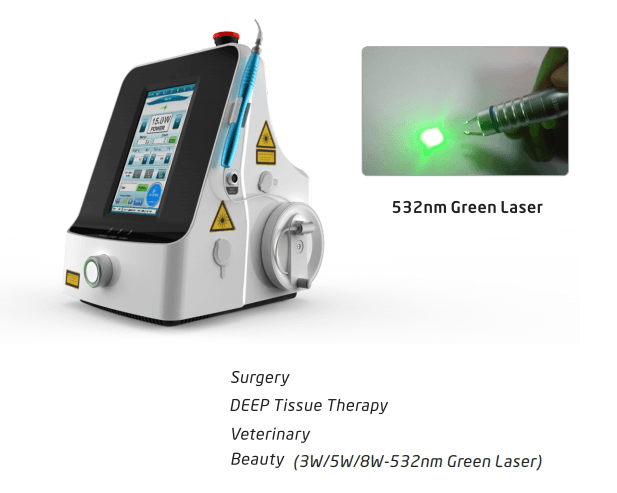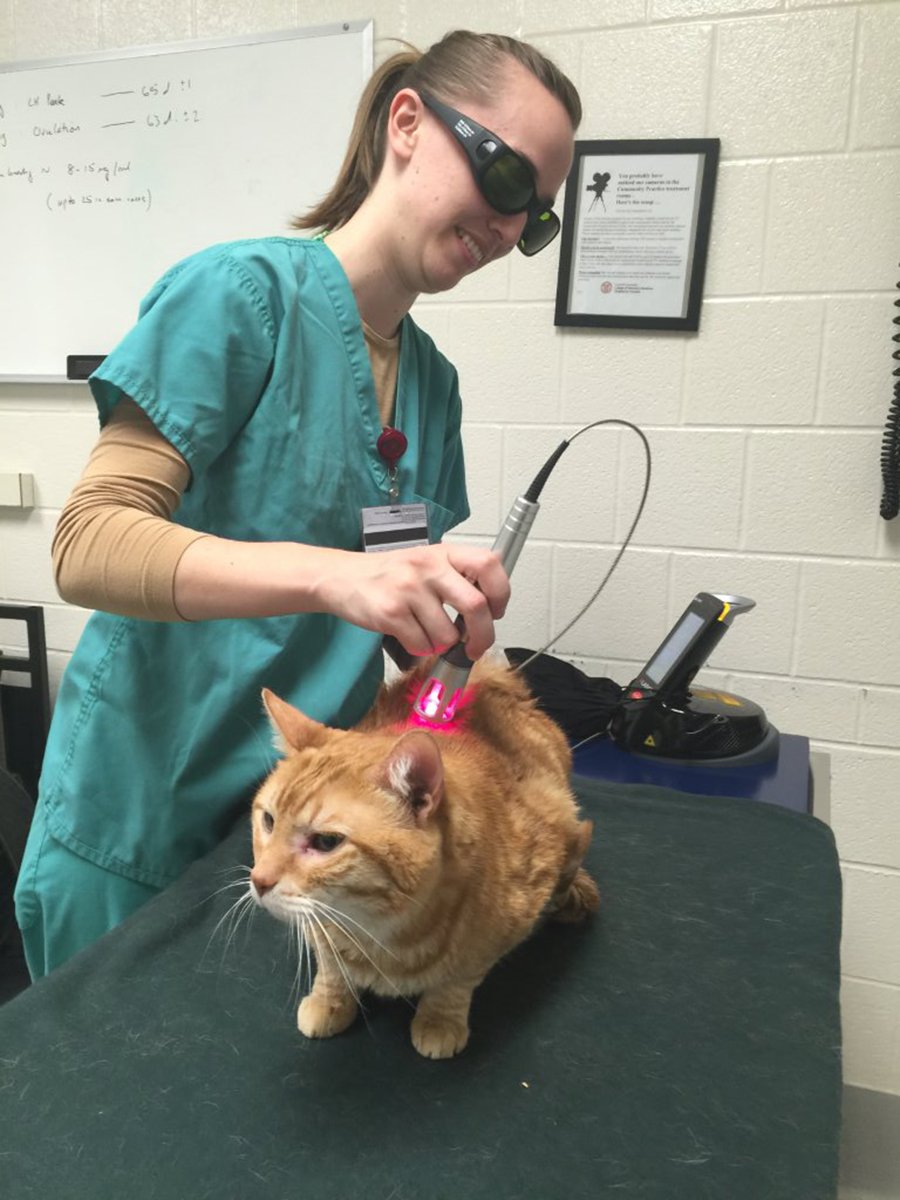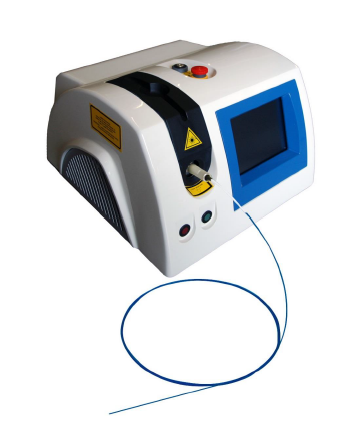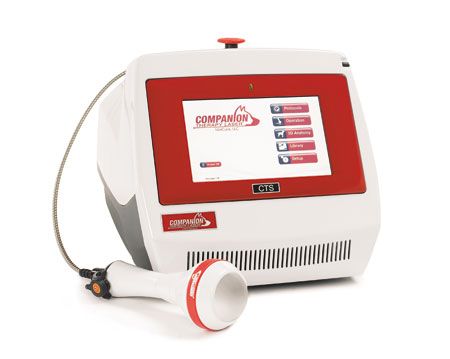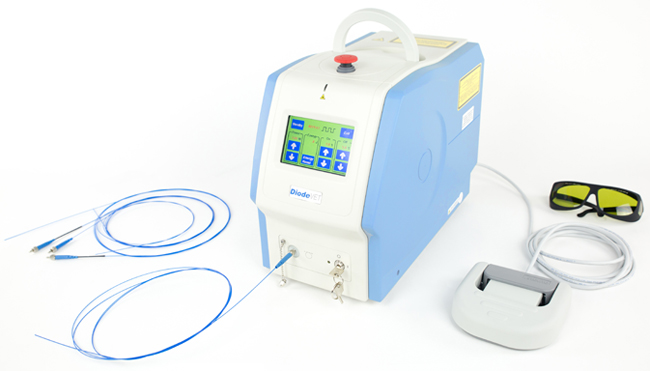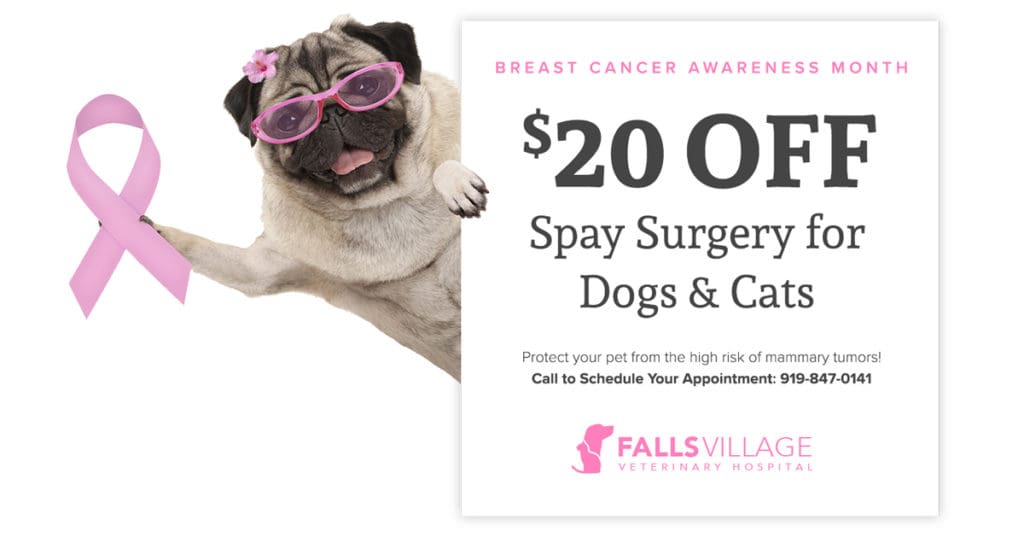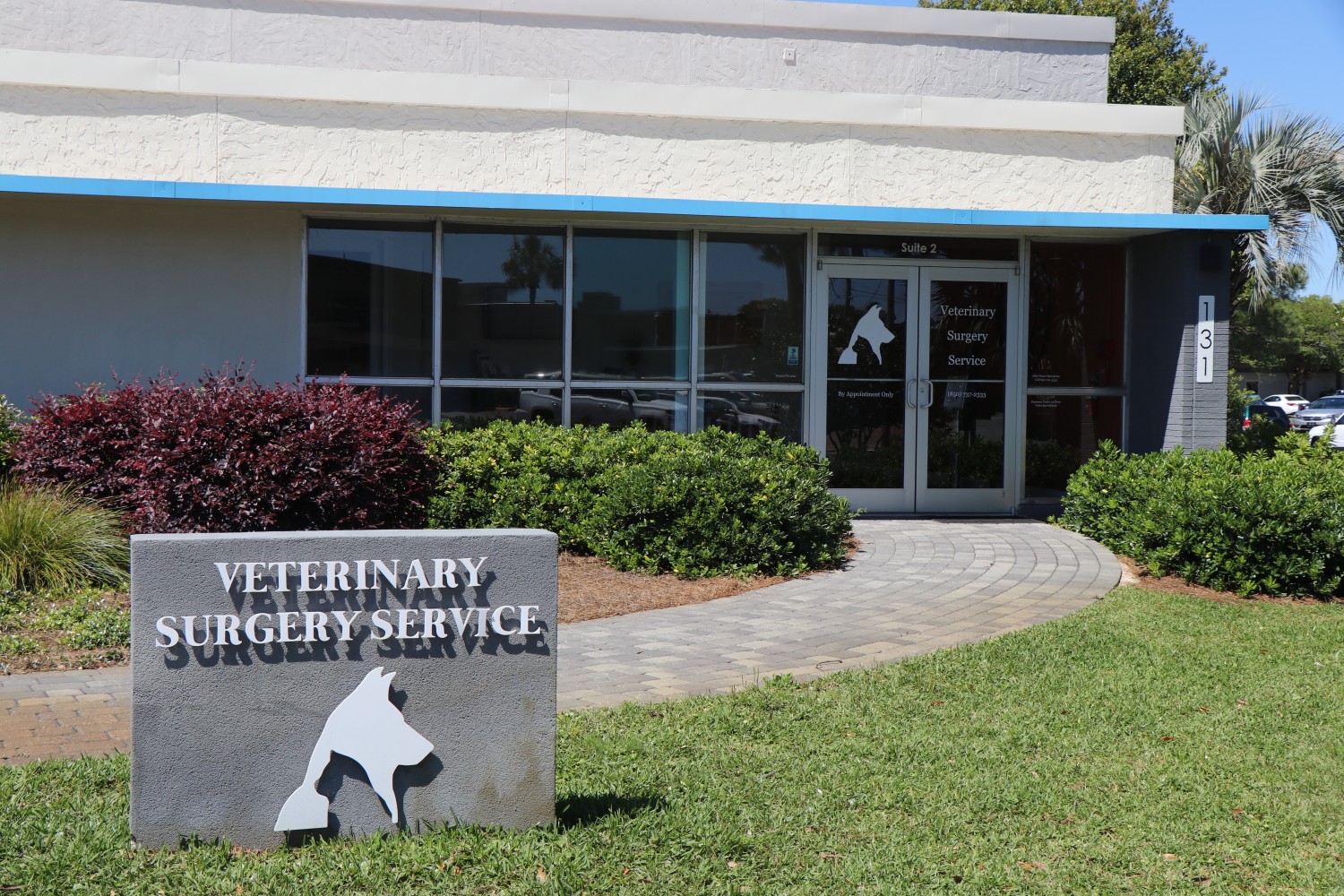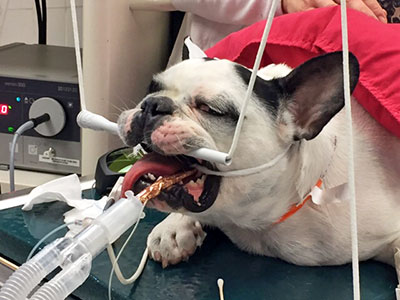Veterinary Surgical Laser Cost

If a vet offers laser spaying and neutering the cost is higher because.
Veterinary surgical laser cost. If the female is in heat the cost increases more. Depending on the frequency of treatments the price per session usually ranges from 25 35. Laser surgery surcharge is 100 national average is 75 125 monthly lease is 745 for vs 2010 20 watt laser with 10 watt superpulse. The co 2 laser removes tissue with a highly focused infrared beam.
Veterinary laser surgery benefits surgeons and patients. Vetscalpel co 2 lasers can have a significant financial impact on the veterinary practice. The fee structure typically mirrors the number of laser treatments. Your vet may work with you to pay for the surgery on a monthly basis until the bill is paid.
You might administer laser once during surgical prep once after surgery and one to two times during follow up visits. The rapid absorption of laser energy instantaneously ablates the soft tissue target area and at the same. The average spay or neuter vet surgery is 110 to 175. One clinic charges 213 for a 50 pound dog surgery spay and 169 for a 50 pound male dog.
Ask your vet about payment plans. The more a dog weighs the higher the price. Get an estimate from a low cost vet clinic. Use the form below to calculate the roi that laser surgery can.
Very few if any lasers prescribe 15 watts of power for any treatment protocol. Tell your vet your financial situation. This output is clinically unnecessary and increases the risk of discomfort or injury to the patient. Unlike steel blade scalpel based techniques there is no mechanical contact with the tissue when the co 2 surgical aesculight or luxar veterinary laser is deployed.
Your vet might forgo certain expenses or find low cost alternatives to make the surgery more affordable for you. Bothell wa december 29 2016 lightscalpel inc dba aesculight the industry leader in veterinary surgical laser technology is launching a newly upgraded co 2 laser flexible fiber with increased durability and improved ease of cleaning. The typical veterinary practice needs a laser that can produce up to 12 watts of power to treat its usual caseload. Laser may also be part of the rehabilitation plan.












